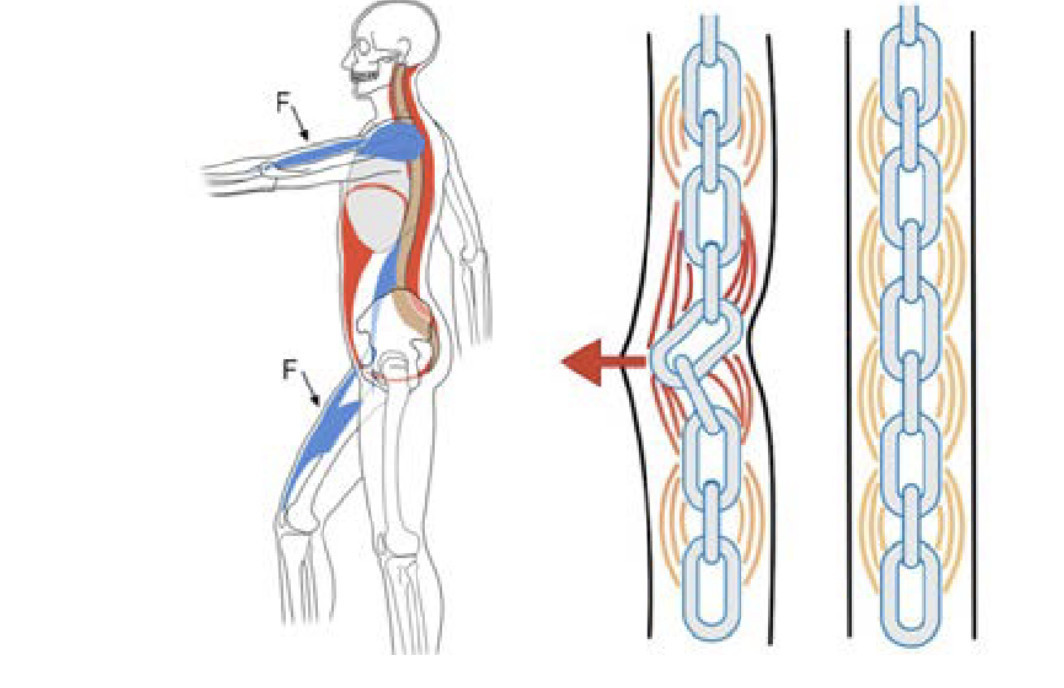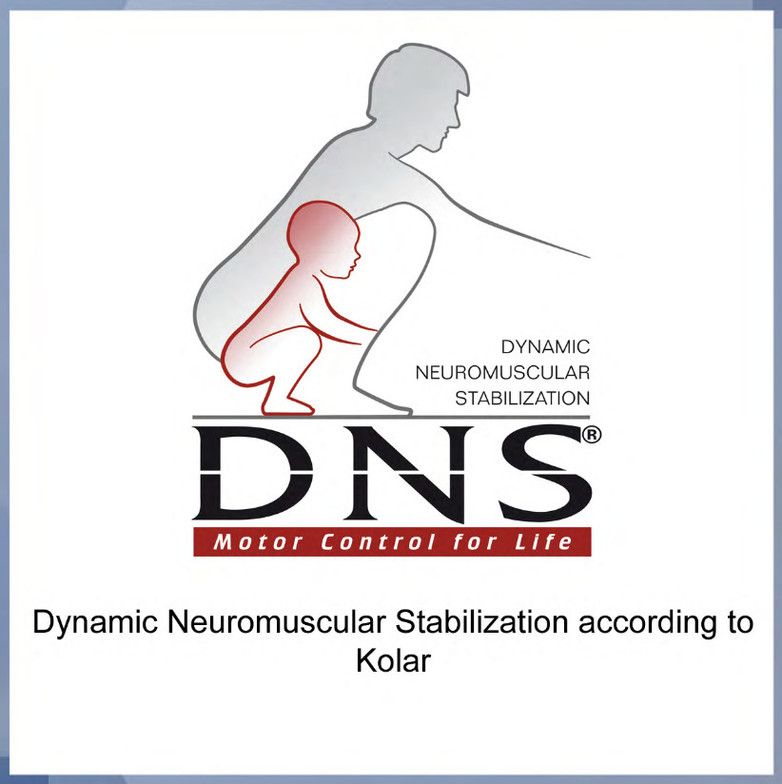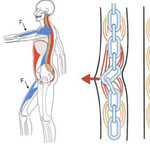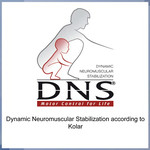Dynamic Neuromuscular Stabilization (DNS) is a ground-breaking approach to rehabilitation to change global function, improve trunk stability essential for movement and balance, essential for daily tasks and independence, and also long-lasting improvement in function and pain relief.
Human motor function is formed in the Central Nervous System. (the brain and spinal cord). This development begins at 6 weeks of age and continues for the first few years of life. These movements are not taught to the child, but they manifest in sequence during the maturation of the CNS, at specific developmental ages.
Postural stability is a complex process which involves the diaphragm as well as the thoracic and abdominal pressures. When correct respiration and postural stability is provided by the diaphragm, the accessory muscles of respiration remain flexible and relaxed allowing for effortless movement and minimal tension. Therefore, ideal breathing and core stability allow the neck and shoulders to have optimal function. In the lumbar and pelvic region, the muscles of the pelvic floor, abdominal wall, back muscles and diaphragm provide stability to the lumbar spine and pelvis. The diaphragm, pelvic floor and abdominal muscles regulate intraabdominal pressure by working in balance with the spinal extensors. The spine can viewed as a chain formed by links. (spinal segments) A well-balanced activity of the stabilizers prevents a "kink" of any spinal segments with movement. Repetitive straining or "kinks" in the spine may finally result in structural degeneration such as disc degeneration and arthritis.
In a patient who develops musculoskeletal pain or radiculopathy, DNS principles of assessment and treatment can be applied. The patient first learns to stabilize the core and offload the damaged tissues, then to move without aggravating the weakened disc. Core stability is a prerequisite for extremity movement.
Weakness of the diaphragm results in a poor spinal stabilizing system and is a frequent cause of respiratory illness.
Dr. Lana Gasparin
Contact Me



